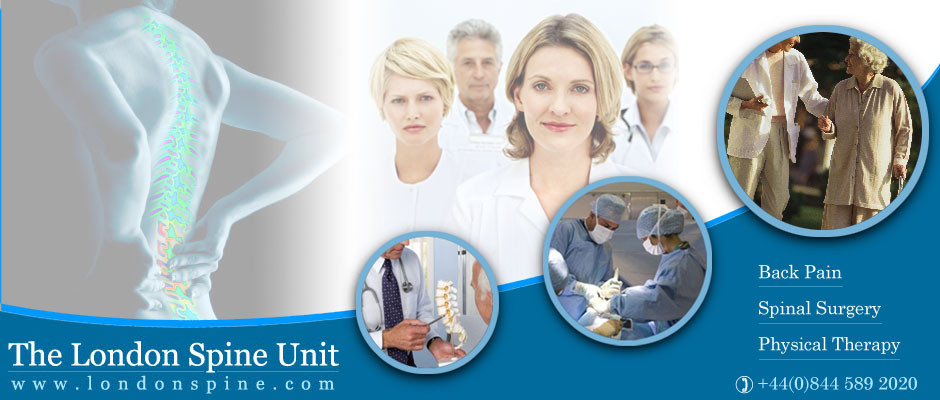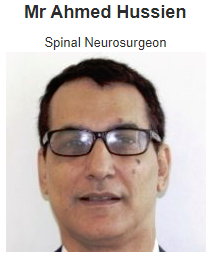Decompression is a surgical procedure whose main goal is to relieve pain caused by nerve root pinching. There are two frequent causes of lumbar nerve root pressure: lumbar herniated disc or lumbar spinal stenosis (stenosis refers to an abnormal narrowing of a body channel).
A lumbar decompression surgery requires to remove a small portion of the bone over the nerve root and/or disc material that is located below it, in order to give the root more room and thus have a more conducive environment for healing. There are two common types of column decompression procedures:
Microdiscectomy
Microdiscectomy (a microdecompression) is usually necessary to achieve pain relief from a lumbar disc herniation. This surgical technique is considered trustworthy for leg pain caused by herniated disc, most commonly called sciatica by patients, while doctors refer to this condition as radiculopathy.
Lumbar laminectomy
A lumbar laminectomy (open decompression) is usually performed for pain caused by lumbar spinal stenosis. The objective of this surgery is to give more room for the nerve root, thus decreasing pain (and possibly any neurological symptoms or leg weakness) and reestablishing the patient's ability to perform a normal life.
In addition to the aforementioned conditions, there is a variety of lumbar spine problems that can originate from nerve pinching, which can be treated by a lumbar decompression surgery. These conditions are, among others:
-Degenerative or isthmic spondylolisthesis.
-A synovial cyst or a fracture with bone invading the spinal canal.
-A spinal tumor (scarcely ever).
While the mentioned procedures are treated by experts as the gold standard for surgical decompression of the spine, there are also some alternatives available to perform it. These are the corpectomy, laminotomy, and interspinous process spacer.


















